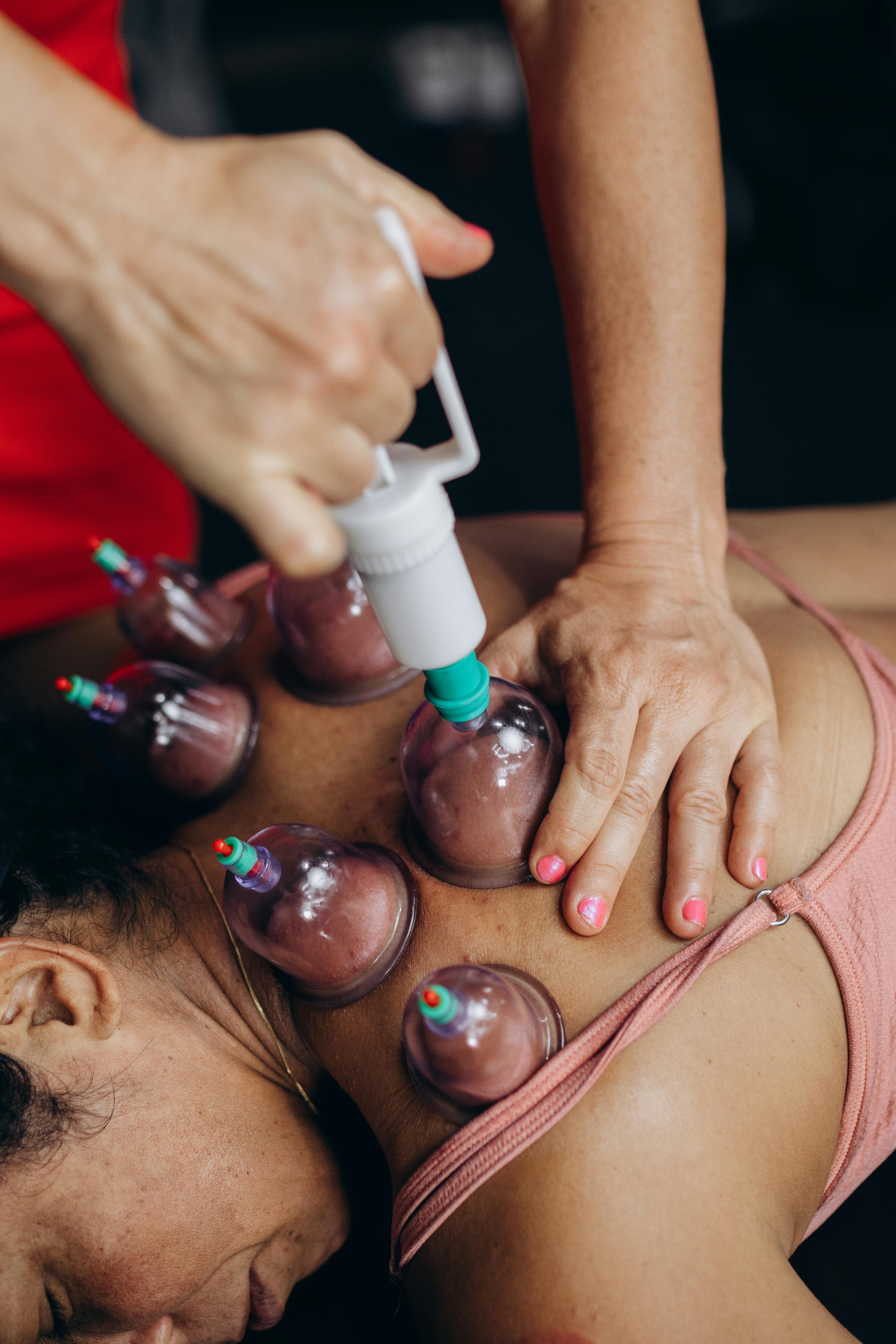How a TENS Massager Works and Uses for Seniors and Healthcare
A TENS massager (transcutaneous electrical nerve stimulation) delivers mild electrical pulses through adhesive electrodes on the skin to help interrupt pain signals and encourage the body’s natural pain-modulating responses. Many people consider TENS for short-term relief from chronic or acute pain, and it is often discussed alongside other non-pharmacological options like massage or heat therapy. Understanding how TENS works, its practical uses, and how it compares to other devices helps people and caregivers make informed choices about pain management.

This article is for informational purposes only and should not be considered medical advice. Please consult a qualified healthcare professional for personalized guidance and treatment.
How can seniors benefit from a TENS massager?
TENS may be useful for seniors managing musculoskeletal pain, such as osteoarthritis or postoperative discomfort, because it offers a non-drug approach with few systemic side effects. For older adults, ease of use and clear instructions are important: many modern units have preset programs and adjustable intensity. Caregivers and healthcare providers should evaluate skin condition, cognitive ability to operate the device, and any implanted devices (like pacemakers) before use. When integrated into a broader care plan, TENS can be one component of conservative pain management for seniors.
What role does a TENS massager play in healthcare settings?
In clinical settings, TENS is sometimes used as an adjunct therapy for pain control during rehabilitation, physical therapy, or outpatient care. Healthcare professionals may recommend TENS to help reduce reliance on analgesic medications, to facilitate more comfortable participation in exercises, or to provide short-term symptomatic relief. Protocols vary by condition and practitioner; trained clinicians decide electrode placement, intensity, and treatment duration. Documentation and follow-up are important to assess effectiveness and any skin irritation or other adverse effects.
How portable are TENS units for daily use?
Portability is a common advantage of modern TENS units: many models are compact, lightweight, battery-powered, and designed for discreet wear under clothing. Portable devices can be convenient for seniors who travel or move between rooms, and for people who need intermittent therapy during daily activities. When selecting a portable unit, consider battery life, control simplicity, and secure electrode adhesion. Some units include smartphone apps for program control, which may help tech-savvy users but could complicate use for those who prefer straightforward buttons and dials.
How does a TENS device complement a traditional massage?
TENS and manual massage work through different mechanisms and can complement each other. Massage mechanically releases muscle tension, improves circulation, and provides tactile comfort, while TENS uses electrical pulses to modulate nerve signals and alter pain perception. For some people, combining a brief massage to loosen tissues with a TENS session to manage residual pain or sensitization can enhance comfort and mobility. Practitioners may sequence treatments—for example, massage to reduce tightness followed by TENS to support ongoing pain control during exercise.
How does a TENS massager differ from a massage gun?
A TENS massager and a massage gun serve distinct purposes. A massage gun delivers percussive mechanical force to soft tissues, focusing on muscle relaxation and increased local blood flow. TENS delivers electrical stimulation via skin electrodes to influence nerve signaling and pain modulation. Massage guns are active, often used for warm-up or recovery, while TENS is typically passive and aimed at reducing perceived pain. Safety considerations differ: massage guns require careful technique to avoid bruising or aggravating inflamed areas, whereas TENS requires attention to contraindications like implanted electrical devices and certain skin conditions.
Conclusion
TENS massagers provide a non-invasive option for pain management that can be suitable for seniors and used within healthcare plans when appropriate. Their portability and ease of use make them a practical tool for intermittent symptom relief, and they may be combined with manual therapies like massage for complementary benefits. Because individual needs, contraindications, and responses vary, decisions about TENS should be made with input from qualified healthcare professionals to ensure safe and effective use.






